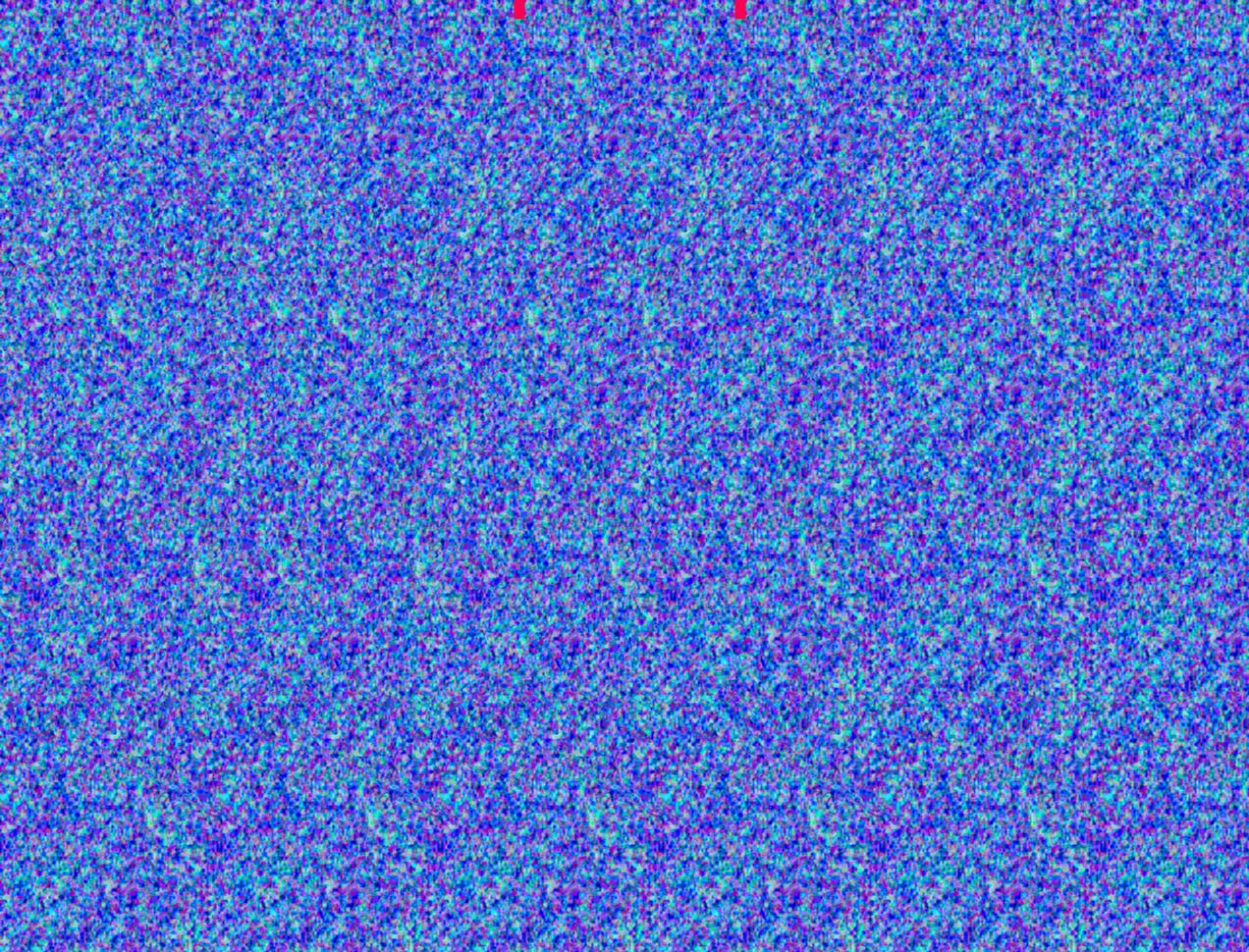Random Dot Stereogram Printable Random dot stereograms are stereograms in which the images consist of a randomly arranged set of black and white dots The lefteye and right eye image are arranged identically except that a portion of the dots is moved to the left or the right in one of the images to create either a crossed or an uncrossed disparity This creates the
Random dot stereogram RDS Random dot stereogram describes a pair of 2D images containing random dots which when viewed with a stereoscope produced a 3D image The term is now often used interchangeably with random dot autostereogram Single image stereogram SIS Single image stereogram SIS It is constructed by generating two arrays of randomly placed dots identical except for a clearly defined region that is slightly shifted sideways in one of the arrays and it is usually presented for viewing by printing one of the arrays in red and the other in green or cyan blue green with a slight horizontal displacement so that the
Random Dot Stereogram Printable
 Random Dot Stereogram Printable
Random Dot Stereogram Printable
https://blog-imgs-144.fc2.com/h/o/n/honnysan/Stereogram_Tut_Random_Dot_Shark.png
Random Dot Stereograms The principles of random dot stereograms were first invented by Prof B Julesz in early 1960s who made the dual image random dot stereograms In 1989 Prof C W Tyler made a significant improvement to produce single image random dot stereogra RDS which are now found in many popular 3D pictures books around the
Pre-crafted templates provide a time-saving service for developing a diverse variety of files and files. These pre-designed formats and designs can be utilized for numerous personal and professional jobs, including resumes, invitations, leaflets, newsletters, reports, discussions, and more, simplifying the material production process.
Random Dot Stereogram Printable

Random Dot Stereogram Mondogaret

Reveal Stereogram Holidaysserre

FAQ Magic Eye

Random Dot Stereogram Lopezdistribution

A Random dot Stereogram Jenny Read

PPT Stereo Vision And Depth Perception PowerPoint Presentation ID

https://www.scienceworld.ca/resource/random-dot-stereogram
A selection of single image random dot stereograms printed on either an overhead sheet or on a large sheet of paper overhead projector optional Key Questions Do both eyes have the same point of view of the objects before them

https://puzzlewocky.com/optical-illusions/3d-illusions/stereograms
Generally a stereogram that shows different levels of depth will require software that can determine the location of each pixel using a depth map However it is also possible to create simple random dot stereograms using image manipulation software such as Photoshop or Gimp

https://www.ime.usp.br/~otuyama/stereogram/basic/index.html
Stereograms are illusions of 3D surfaces This tutorial shows how it works with a simple do it by yourself approach The random dot stereogram is very easy to understand although not a trivial concept Unlike holograms that require laser beams stereograms can be created printed and visualized with computers

https://mathworld.wolfram.com/RandomDotStereogram.html
Random Dot Stereogram from Wolfram MathWorld Calculus and Analysis Discrete Mathematics Foundations of Mathematics Geometry History and Terminology Number Theory Probability and Statistics Alphabetical Index New in MathWorld Recreational Mathematics Mathematical Art
https://en.wikipedia.org/wiki/Magic_eye
Magic Eye is a series of books that feature autostereograms After creating its first images in 1991 creator Tom Baccei worked with Tenyo a Japanese company that sells magic supplies Tenyo published its first book in late 1991 titled Miru Miru Mega Yokunaru Magic Eye Your Eyesight Gets Better Better in a Very Short Rate of Time Magic
Random dot stereograms provide a good method for assessing stereopsis Pairs of red and green dots are placed randomly within the image and are viewed by the patient through red and green filters so that one eye sees the red dots and the other the green dots The brain tends to fuse the red and green dots and the separation of the pairs of dots THE FIRST RANDOM dot stereogram was invented by Dr Bela Julesz in 1959 as an experiment to test stereopsis the ability to see in 3D Read more about the history of stereograms here LINKLINKLINK By using a random dot pattern Julesz eliminated the depth cues that are inherent in recognizable images Consider this example First create
Import os sys import pygame def get linked point depthmap d width d height sep In this function we link each pixel in white in the depth map with the coordinate of the shifted pixel we will need to create the illusion ex x y x shifted y param sep is the shift value in pixels deptharray pygame PixelArray depthmap list